Banrock Station Shiraz Cabernet 2003

Product Details
Your Rating
Somm Note
Winemaker Notes
The Banrock Station Shiraz Cabernet is ideal when accompanied with barbecued lamb chops with mint pesto and tomato and onion salsa.

With hundreds of red grape varieties to choose from, winemakers have the freedom to create a virtually endless assortment of blended red wines. In many European regions, strict laws are in place determining the set of varieties that may be used, but in the New World, experimentation is permitted and encouraged resulting in a wide variety of red wine styles. Blending can be utilized to enhance balance or create complexity, lending different layers of flavors and aromas. For example, a red wine blend variety that creates a fruity and full-bodied wine would do well combined with one that is naturally high in acidity and tannins. Sometimes small amounts of a particular variety are added to boost color or aromatics. Blending can take place before or after fermentation, with the latter, more popular option giving more control to the winemaker over the final qualities of the wine.
How to Serve Red Wine
A common piece of advice is to serve red wine at “room temperature,” but this suggestion is imprecise. After all, room temperature in January is likely to be quite different than in August, even considering the possible effect of central heating and air conditioning systems. The proper temperature to aim for is 55° F to 60° F for lighter-bodied reds and 60° F to 65° F for fuller-bodied wines.
How Long Does Red Wine Last?
Once opened and re-corked, a bottle stored in a cool, dark environment (like your fridge) will stay fresh and nicely drinkable for a day or two. There are products available that can extend that period by a couple of days. As for unopened bottles, optimal storage means keeping them on their sides in a moderately humid environment at about 57° F. Red wines stored in this manner will stay good – and possibly improve – for anywhere from one year to multiple decades. Assessing how long to hold on to a bottle is a complicated science. If you are planning long-term storage of your reds, seek the advice of a wine professional.

A large, climatically diverse country with incredibly diverse terrain, producing just about every wine style imaginable, Australia has a grand winemaking history and some of the oldest vines on the planet. Both red wine and white wine from Australian are wildly popular and beloved. Most of Australia's wine regions are concentrated in the south of the country with those inland experiencing warm, dry conditions and those in coastal areas receiving tropical, maritime or Mediterranean weather patterns. Australia has for several decades been at the forefront of winemaking technology and has widely adopted the use of screwcaps, even for some premium and ultra-premium bottles. Thanks to the country’s relatively agreeable climate throughout and the openness of its people, experimentation is common and ongoing.
Shiraz is indeed Australia’s most celebrated and widely planted variety; Barossa Valley leads the way, producing exceptionally bold and supple versions. Cabernet Sauvignon, Australia's second most planted variety, can be blended with Shiraz but also shines on its own particularly in Coonawarra and Margaret River. Grenache and Mourvèdre are also popular, both on their own and alongside Shiraz in Rhône Blends. Chardonnay is common throughout the country and made in a wide range of styles. Sauvignon Blanc has recently surged in popularity to compete with New Zealand’s distinctive version and Semillon is often blended in Margaret River or shines on its own in the Hunter Valley. Riesling thrives in the cool-climate Clare and Eden Valleys. Sticky-sweet fortified wine Rutherglen is a beloved regional specialty of Victoria.


